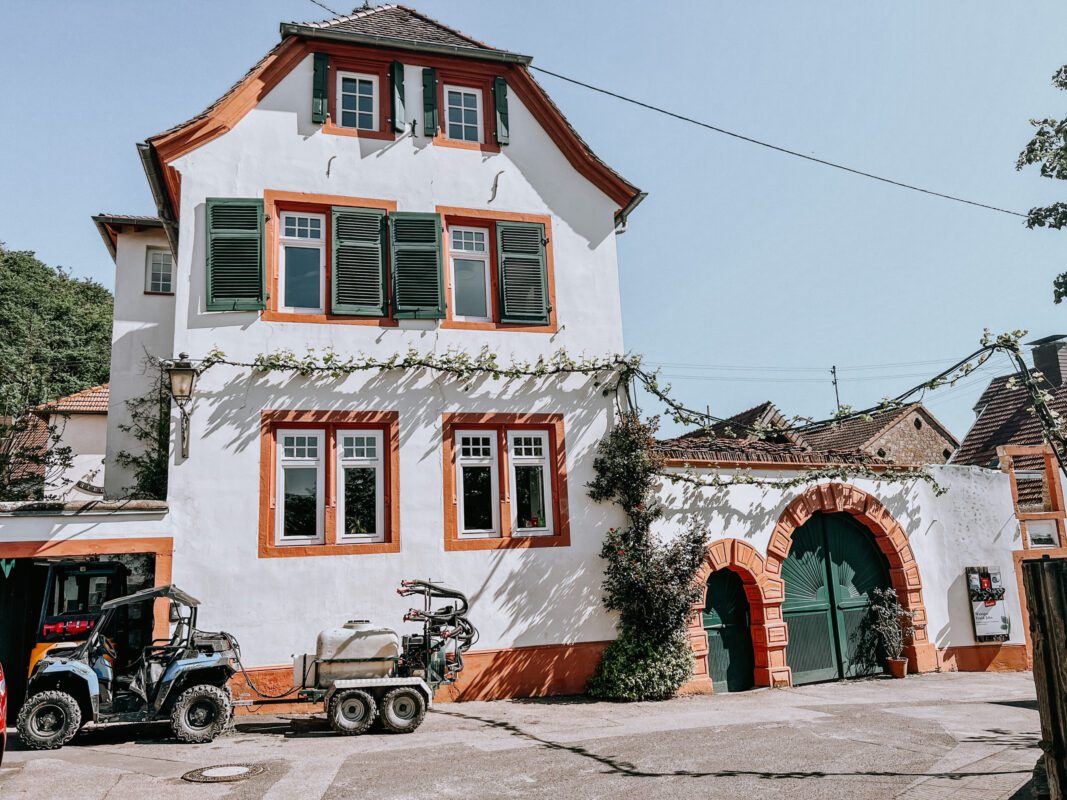
As an admirer of quality wines, my recent visit to the Frank John family winery, the Hirschhorner Hof, was nothing short of a delightful revelation. Tucked away in the heart of the Palatine region of Germany, this winery, owned and operated by the John family since 2002, carries a rich history that spans over 400 years. The family’s commitment to maintaining the tradition and authenticity of winemaking is mirrored in their eco-conscious practices and the exquisite wines they produce.
Upon arrival, the renovated Renaissance building, a former tithe house, and ecclesiastical estate, draws you in with its historic charm. As you delve deeper into the estate, the dedication to detail becomes apparent, and you can’t help but appreciate the love, energy, and endurance invested in preserving the building’s splendor. The John family, including their two children, Sebastian and Dorothea, has been running this wine cellar with a philosophy that echoes the motto, “great wines of old tradition”.


The essence of the John family’s wine philosophy is embedded in traditional aging methods and processing techniques that create elegant and finely balanced wines. The result is a harmony of mineral nuances, intensity, and fullness that’s only achievable through the use of hand-picked grapes from biodynamic cultivation. The winery’s biodynamic practices are not new; in fact, they have been using grapes from biodynamic cultivation since their first vintage. They have achieved the Naturland certification with their Riesling 2006 and Pinot Noir 2005, and the DEMETER certification as of 2012.
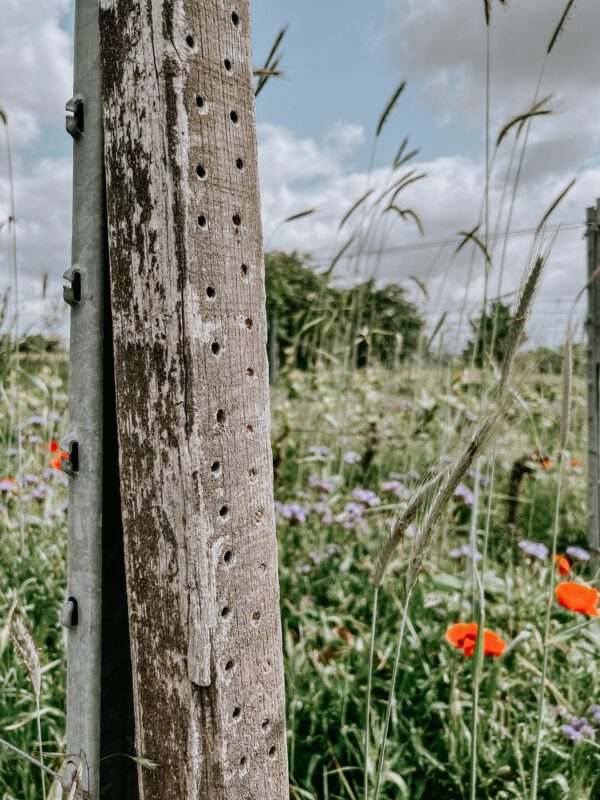
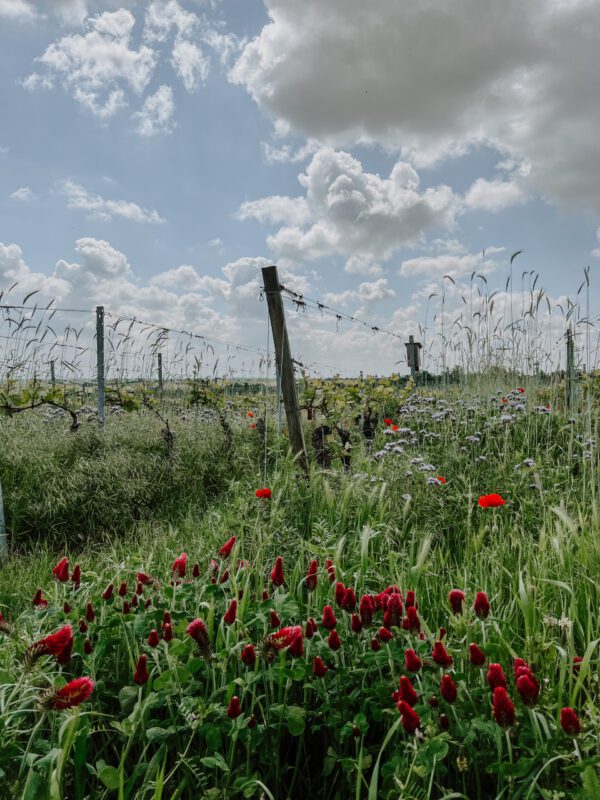
At the first glance, it’s evident that the Johns are promoters of slow food and are deeply invested in sustainable practices. They rent garden space from the local church, utilizing it for a herb and vegetable garden, and a dedicated space for bees. This commitment to ecology even extends to their vineyards, which are scattered in different locations throughout the region, each offering unique soil compositions and microclimates.
The family’s careful approach to winemaking comes to life in the vinification process. Hand-picked grapes undergo long aging in wooden barrels, spontaneous fermentation, and minimal addition of sulphur before bottling. Each bottle is sealed with a high-quality natural cork, a testament to the Johns’ dedication to quality and tradition.


The John family’s wines are as distinct as they are delightful. The Riesling Buntsandstein, a product of the Buntsandstein soils typical for the Palatine region, exhibits an invigorating mineral aroma. The grapes undergo short maceration, long pressing, and spontaneous fermentation processes in large barrels, some containing whole grapes. This process results in a characterful Riesling with great aging potential.
The Pinot Noir Kalkstein, made from grapes grown on high-lime vineyards, is a testament to the family’s traditional winemaking methods. Its depth and multi-faceted aroma are the product of a two-year aging process in 225 l and 500 l barrels, followed by bottling without filtering.
The Sparkling Riesling Brut is another testament to the family’s winemaking prowess. Old Riesling vineyards provide the grapes for this sparkling wine, which is aged for a minimum of 36 months on the lees. The result is a filigree Riesling aroma, balanced by a dosage of about 8 g to counter the elegant, well-integrated acidity.
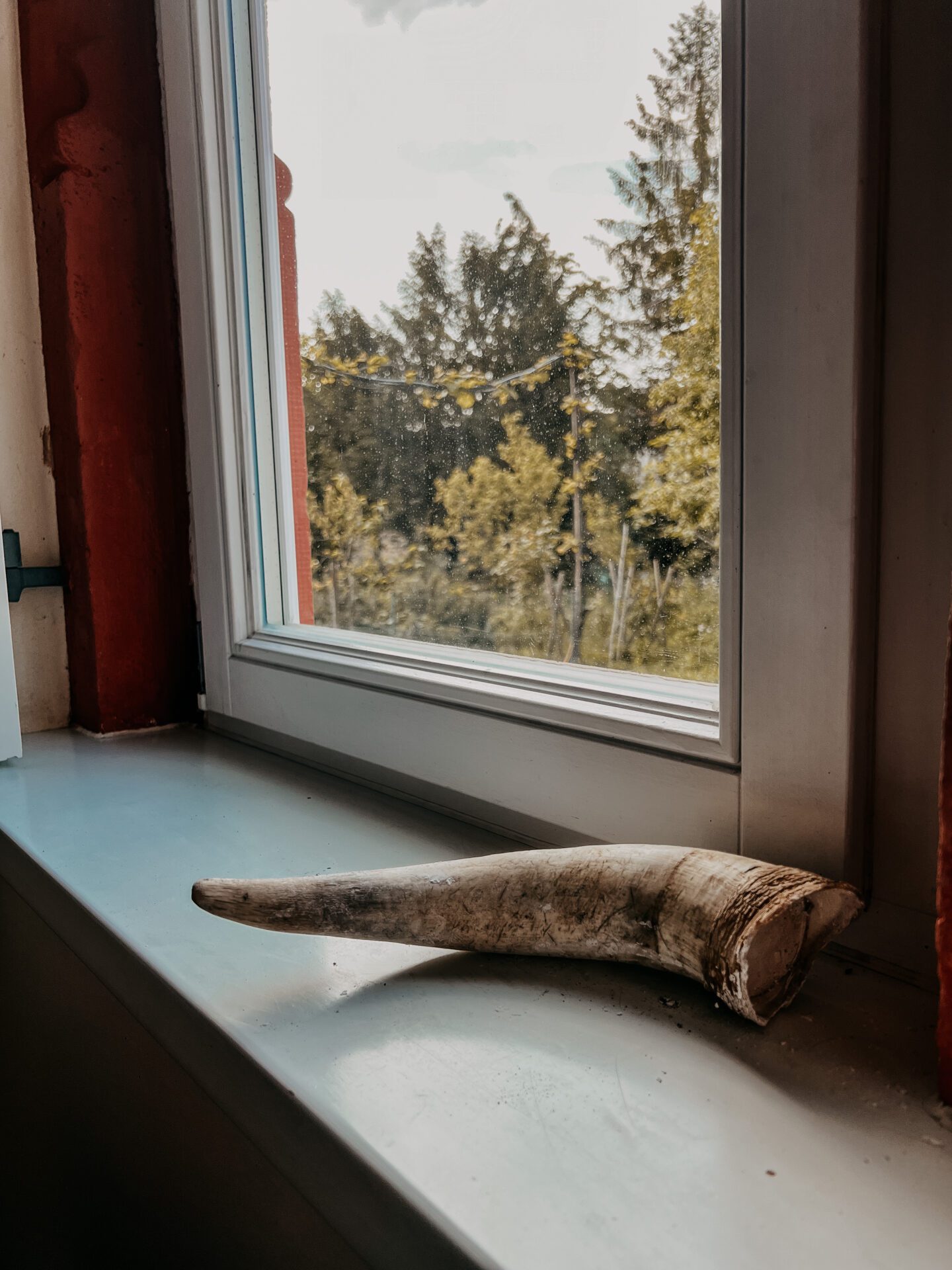
If you’re ever fortunate enough to visit, the experience goes beyond just wine. It’s a journey into the heart of a family’s passion, commitment, and respect for the land and its bounty. During my visit, I had the pleasure of strolling through their lush garden, where Dorothea’s love for nature thrives. I was lucky enough to witness a rare event: the bees swarming as the queen changed her hive. Dorothea explained the lifecycle of the vines and her beloved bees, adding another layer to the story of their biodynamic practices. The vineyards, too, were brimming with life. As I walked with Dorothea, we discovered mouse nests, a testament to the cycle of life being respected here – a food source for owls and a lesson in balance.
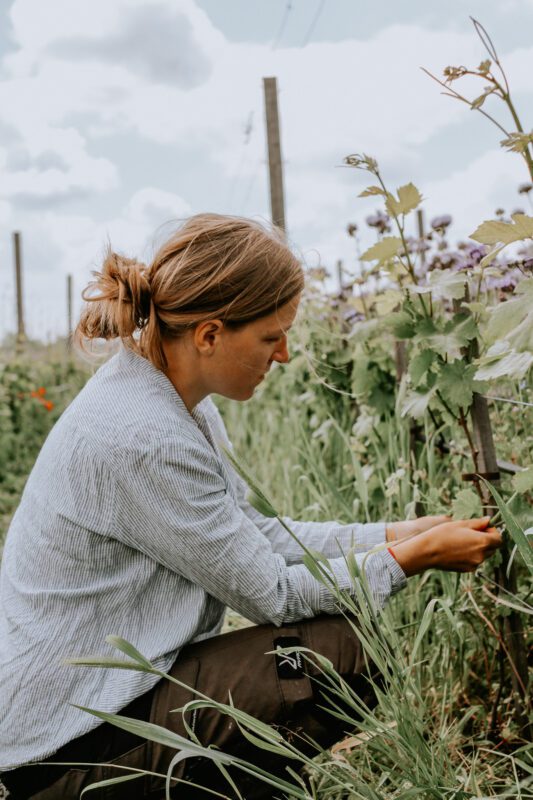
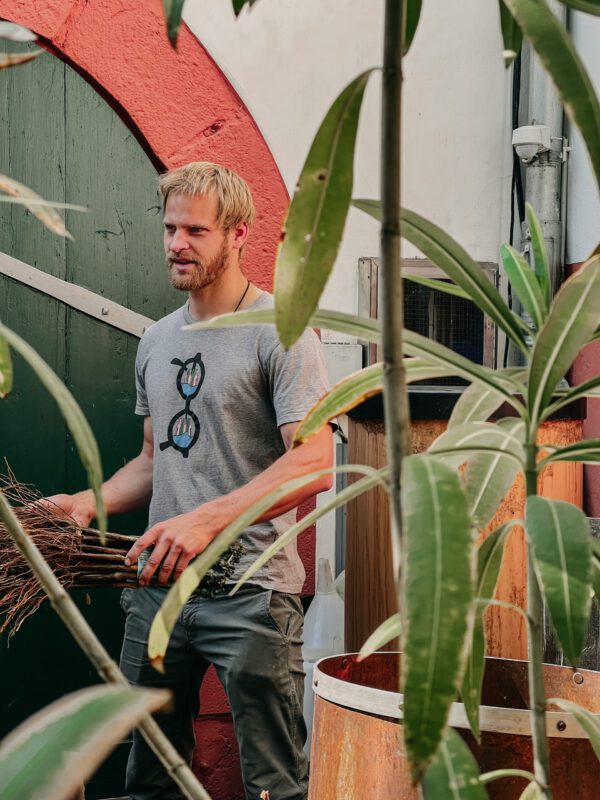
Apart from the winery, the Pfalz region has its own charm. Hiking in the Pfalz mountains, you can breathe in the crisp air and take in the breathtaking views. It’s a moment of tranquility that leaves you with a deeper appreciation for the land and its connection to the wines produced by the John family.
The Frank John Winery is a celebration of life, tradition, nature, and passion. It’s a place where every leaf whispers their commitment to biodynamics, every wine bottle tells a story, and every sip invites you to be a part of this continuing journey. So, join me on this exploration of tradition, nature, and a passion for wine. Let’s follow the John family and uncover more of their story together.
This blog remains ad-free thanks to the generous support of readers like you. If you found value in this article, please consider sharing it with others and subscribing to our newsletter to keep up with the latest posts. Your support helps us continue providing high-quality content without the distraction of advertisements.